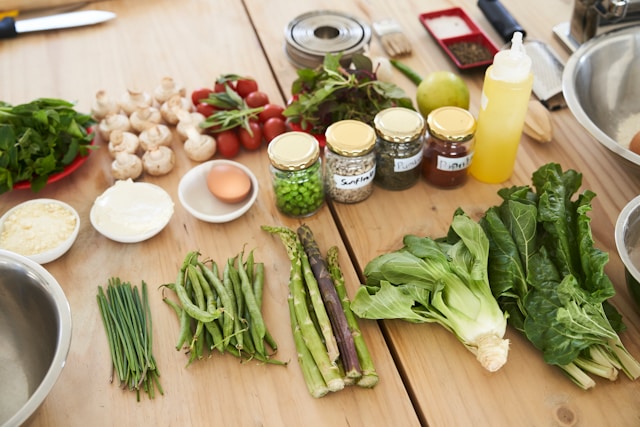In today’s fast-paced world, restaurants are no longer just places to eat. They’re becoming hubs of digital innovation. From the moment a guest makes a reservation to the way the food reaches the table, technology reshapes how the industry works. This shift doesn’t only benefit restaurant owners. It also enhances customer experiences, streamlines operations, and opens new possibilities for growth.
Digital Menus and Ordering Systems
One of the first things diners notice now is the digital menu. QR codes on tables have replaced printed menus in many places. Guests scan the code with their phone and access the entire menu online. Touchscreen kiosks are also becoming more common, especially in fast-casual spots. They reduce wait times and give customers more control. People can customize their meals, review ingredients, and see prices clearly. Most establishments now provide access to free Wi-Fi. This small privilege creates new habits – guests browse social media, check email. Many visitors take advantage of this by playing their favorite games during lunch breaks or while waiting for their order. With just a few clicks, they can access entertainment platforms and even explore special bonuses offering 150 free spins for $5, giving the opportunity to play and win real money without spending a lot of money. This blend of dining and digital leisure reflects how technology continues to shape modern restaurant experiences.
Contactless Payments and Mobile Wallets
Today, people expect fast and safe payment options. Contactless payments using phones or smartwatches are now standard. These methods reduce the need to handle cash or touch shared devices. Mobile wallets like Apple Pay, Google Pay, and others make checkout faster. Restaurants benefit by turning over tables more quickly, especially during busy times. Servers also spend less time dealing with receipts or bills. Some systems allow guests to split checks or tip digitally with just a few taps.
Kitchen Automation and Smart Appliances
Behind the scenes, kitchens have become smarter too. Automation helps chefs prepare food faster and more consistently. Here are a few tools that are changing daily operations:
- Smart ovens and grills adjust temperature automatically.
- Digital inventory systems track supplies and warn when stock runs low.
- AI-powered recipe platforms guide new staff step-by-step.
These tools cut waste, lower costs, and raise food quality. With accurate data, kitchens stay sharp. Mistakes drop. Standards hold steady—even when orders pile up and pressure hits hard.
Online Reservations and Table Management
Long waits used to frustrate customers. Today, most people book tables through mobile apps. Tools like OpenTable or Resy show real-time availability and send instant confirmations. Some even allow guests to pick specific tables or request outdoor seating. For restaurants, these platforms offer useful insights. Owners can see peak times, track no-shows, and adjust staffing accordingly. Waitlist apps also help manage walk-in traffic without crowding the entrance.
Loyalty Programs and Personalized Marketing
Customer loyalty has taken a digital turn. Instead of punch cards, restaurants now use apps to track visits and purchases. Every order helps build a profile. This data allows businesses to reward regulars and send personalized offers.
For example:
- A café might text a coupon for a free pastry to someone who buys coffee daily.
- A pizza place could promote a family deal on weekends for customers who often order on Fridays.
These targeted messages work better than general ads. They build a stronger bond between the brand and the customer.
Delivery Platforms and Virtual Kitchens
Food delivery has exploded in recent years. Apps like Uber Eats, DoorDash, and SkipTheDishes connect restaurants with more customers. But they also create challenges. High fees and tough competition can cut into profits. To adapt, some restaurants have launched virtual kitchens. These spots only prepare food for delivery—no dining area, no front-of-house staff. They operate in shared spaces and focus on speed and scale. Technology coordinates every step, from receiving orders to handing off meals to couriers. Virtual kitchens let brands experiment with new menus or target specific neighborhoods without opening full-service locations.
Technology has pushed restaurants far beyond what they used to be. It has changed how food is ordered, prepared, paid for, and delivered. QR codes replaced menus. AI runs ovens. Delivery apps lead the game. Some changes are small, others massive. Still, each shift matters. The key? Adapt. Those who stay flexible grow. Those who resist fall behind. In this digital age, progress waits for no one.
